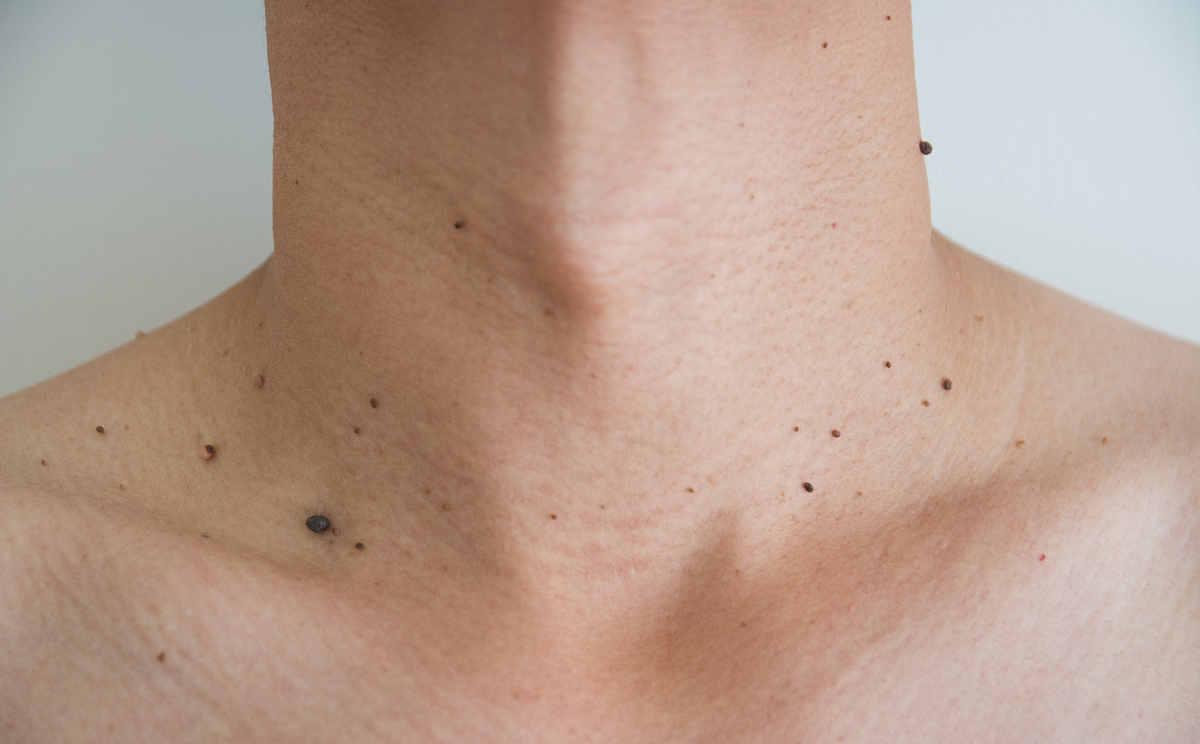Skin Tags: Harmless but Occasionally Concerning Growths
The content discusses skin tags, which are small, fleshy growths that commonly appear on the skin. Key points include:
-
Skin tags are very common, affecting up to 46% of the US population. They are typically found in areas where skin rubs against skin or clothing, such as the neck, underarms, groin, and beneath the breasts.
-
Skin tags are almost always benign and harmless, but can be unsightly and may get snagged on clothing or jewelry, leading to irritation and inflammation.
-
In rare cases, a sudden increase in the number of skin tags or the development of excessively large skin tags can signal an underlying medical condition, such as polycystic ovary disease, diabetes, metabolic syndrome, or a hormonal disorder called acromegaly.
-
Skin tags are composed of blood vessels and collagen proteins wrapped in skin. They are connected to the skin's surface by a narrow stalk, which can sometimes twist and cut off the blood supply, causing the tag to turn black or purple and eventually fall off on its own.
-
The exact reason for skin tag growth is not fully understood, but factors like friction, obesity, and genetics may play a role.
Personalizza riepilogo
Riscrivi con l'IA
Genera citazioni
Traduci origine
In un'altra lingua
Genera mappa mentale
dal contenuto originale
Visita l'originale
medium.com
Skin Tags are Yucky but Usually Harmless, Unless You…
Approfondimenti chiave tratti da
by Annie Foley alle medium.com 04-15-2024
https://medium.com/aha-science/skin-tags-are-yucky-but-usually-harmless-unless-you-49b8cab2a942
Domande più approfondite
